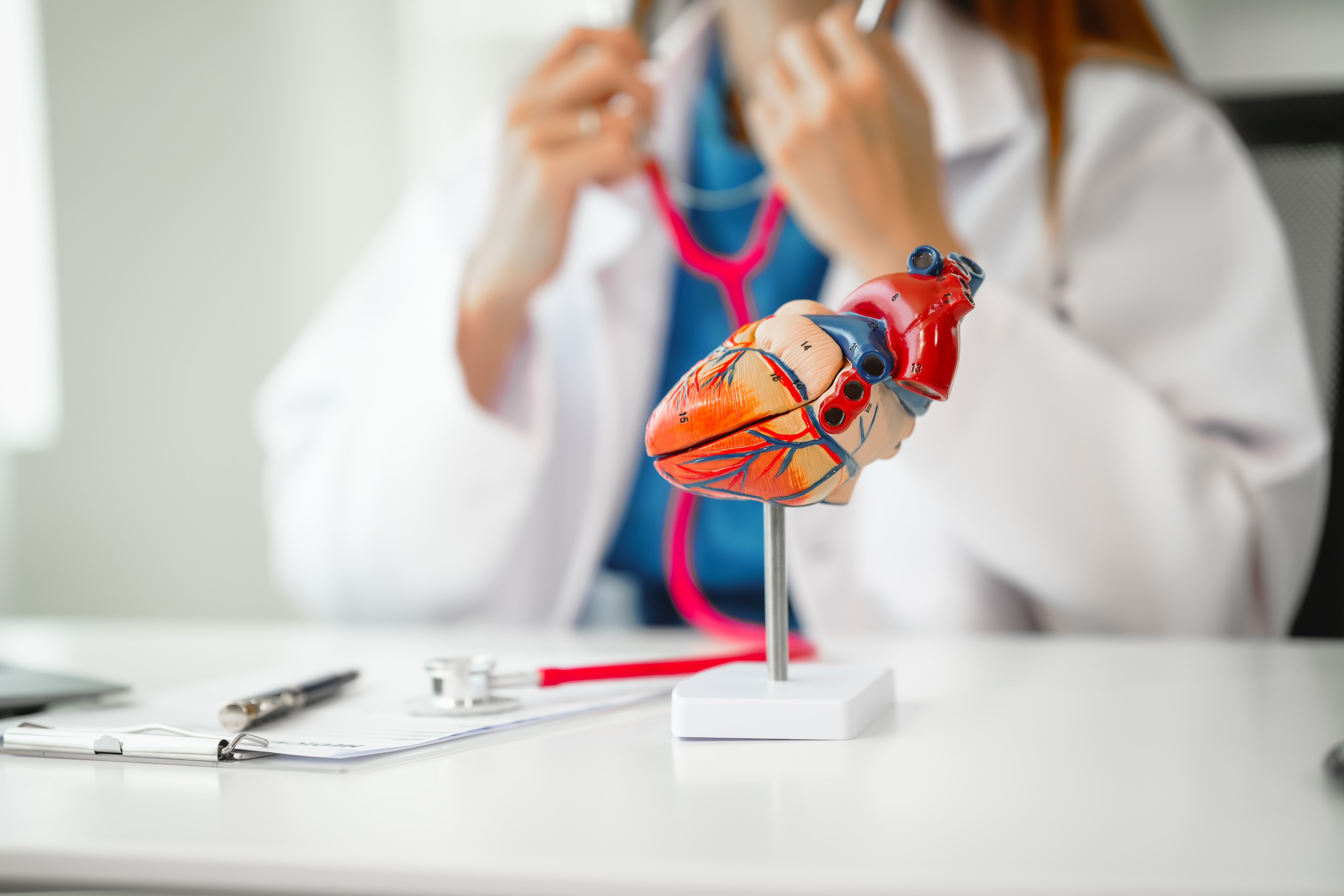Aortic Aneurysms: From Recognition to Recovery
Posted by: Tampa Cardio
On: March 13, 2024

The heart houses a complex system of arteries filled with life-giving blood. The aorta is the largest artery. It carries blood from your heart to the rest of your body. It has to be able to withstand incredible force. Sometimes, however, without warning, it weakens. This causes it to balloon and what you end up with is an aortic aneurysm. Understanding what is going on can mean the difference between life and death for you or a loved one.
What Is an Aortic Aneurysm?
An Aortic Aneurysm is a potentially life-threatening condition. Understanding this stealthy threat is the first step to avoiding its catastrophic consequences.
It is essentially a bulging or ballooning in the wall of the aorta, close to the heart (thoracic aneurysm) or in the abdomen (abdominal aneurysm). This ballooning occurs when the force of blood pumping weakens a portion of the aortic wall. The spot becomes enlarged and can potentially rupture, leading to severe internal bleeding and, often, death.
Recognizing Symptoms and Getting Diagnosed
When the enlarged (ballooned) area starts to grow and apply pressure on surrounding tissue or nerves, you may experience symptoms that should be taken seriously. These can include:
- Pain: This can present as sudden, intense, persistent pain in the abdomen or back, or as a sudden onset of or spreading chest pain.
- Breathlessness: Difficulty breathing or shortness of breath due to pressure on the trachea or related pulmonary structures.
- Hypotension: A sudden drop in blood pressure, usually as a result of a rupture, which is a medical emergency.
If you’re experiencing any of these symptoms, or if you have a risk factor such as a family history, getting diagnosed is urgent. Your healthcare provider can employ several diagnostic tests such as a chest x-ray, echocardiogram, CT scan, or MRI to confirm the presence of an aneurysm.
Treatment Options
Treatment for aortic aneurysms aims to prevent a rupture, which is typically a consideration if the aneurysm has grown to a certain size or is rapidly increasing in size. The approaches to treatment can include:
- Watchful waiting: If the aneurysm is small and not causing symptoms, your physician may opt for regular monitoring to track its growth and assess the risk of rupture.
- Medications: To lower blood pressure and cholesterol and reduce the risk of a rupture. This may involve the use of beta-blockers or ACE inhibitors.
- Endovascular repair: An increasingly common minimally invasive procedure in which a stent is placed in the aorta to provide a new pathway for blood flow, reducing pressure on the aneurysm.
- Open surgery: A traditional, more invasive technique that involves replacing the enlarged portion of the aorta with a synthetic tube called a graft.
The choice of treatment depends on the size and location of the aneurysm, your overall health condition, and the recommendation of your healthcare provider. It’s important to discuss the pros and cons of each approach to make an informed decision.
The Road to Recovery
Surviving an aortic aneurysm and its treatment is just the beginning; the road to recovery is often a long one. Patients are advised to take things easy, usually starting with a period of rest and recovery under the supervision of medical professionals. During this time, it’s crucial to monitor for any potential complications and to follow all post-procedure care instructions.
Preventing Aortic Aneurysms
Key preventive measures include:
- Quit smoking: Tobacco use is one of the most significant risk factors for aortic aneurysms.
- Healthy diet: Eating a diet low in saturated fat will help keep your blood pressure and cholesterol levels in check.
- Regular exercise: Engaging in regular physical activity helps keep your heart and arteries healthy, reducing your risk of aneurysms.
- Manage blood pressure: High blood pressure can contribute to the weakening of the aortic wall. Working with your physician to control your blood pressure through lifestyle changes and medication is essential.
- Genetic screening: If you have a family history of aortic aneurysms, consider genetic screening and discuss preventative measures with a healthcare provider.
The Take Away…
Aortic aneurysms are serious and potentially fatal conditions that require swift recognition, diagnosis, and treatment. Knowing the risk factors, the symptoms, and the available treatments can make an immense difference in managing this health issue.
Need a cardiologist or cardiac surgeon in Tampa Bay, Florida? We would love to be there for you.
www.Tampacardio.com
813-975-2800 Give us a call to schedule your consultation or with any questions you may have.
Posted by: Tampa Cardio
On: 13/03/2024
